Filter by
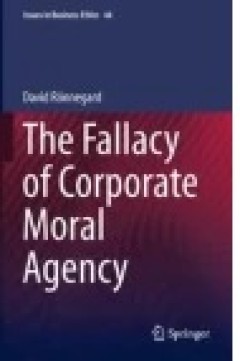
The Fallacy of Corporate Moral Agency
It is uncontroversial that corporations are legal agents that can be held legally responsible, but can corporations also be moral agents that are morally responsible? Part one of this book explicates the most prominent theories of corporate moral agency and provides a detailed debunking of why corporate moral agency is a fallacy. This implies that talk of corporate moral responsibilities, beyon…
- Edition
- -
- ISBN/ISSN
- 978-94-017-9756-6
- Collation
- XIV, 218
- Series Title
- Issues in Business Ethics
- Call Number
- -
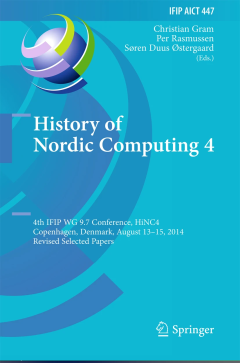
History of Nordic Computing 4
This book constitutes the refereed post-proceedings of the 4th IFIP WG 9.7 Conference on the History of Nordic Computing, HiNC 4, held in Copenhagen, Denmark, in August 2014. The 37 revised full papers were carefully reviewed and selected for inclusion in this volume. The papers focus on innovative ICT milestones that transformed the nordic societies and on the new ideas, systems and solutions …
- Edition
- -
- ISBN/ISSN
- 978-3-319-17144-9
- Collation
- XIV, 387
- Series Title
- -
- Call Number
- 004 HIS
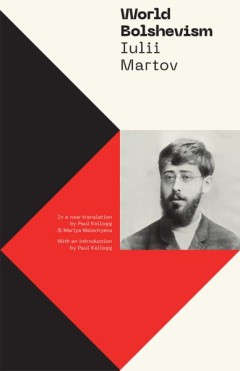
World Bolshevism
Following Martov’s untimely death in 1923, a Russian-language edition of one of his books, World Bolshevism, was published. But it was only in 2000, after decades of extreme censorship, that parts of the book were legally published in Russia. In English, this work has reached the public in pieces, often as a part of pamphlets with limited circulation. This edition, which includes an introduct…
- Edition
- -
- ISBN/ISSN
- 9781771992732.01
- Collation
- -
- Series Title
- -
- Call Number
- 194 pages
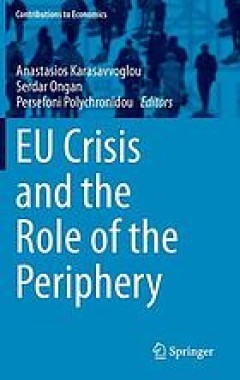
EU Crisis and the Role of the Periphery
The European economy is still in recession, even though there are some weak indications of stabilization. This book examines important aspects of the crisis in selected countries of Southern Europe, the Balkans and Eastern Europe. The intensity of the crisis and its economic and social repercussions have varied from country to country, generally impacting the core countries less than those on t…
- Edition
- -
- ISBN/ISSN
- 9783319101323
- Collation
- xii, 216 pages : illustrations ; 25 cm.
- Series Title
- -
- Call Number
- 330.9
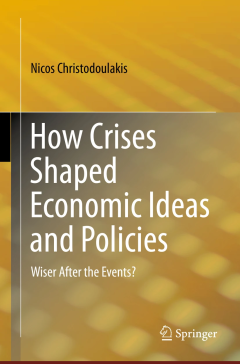
How Crises Shaped Economic Ideas and Policies: Wiser After the Events?
This book explores how successful the various tenets of economic thought have been in prognosticating or remedying economic crises. Examining key episodes in economic history, from famines in antiquity to present-day financial collapse, the author finds that several theories failed to cope with a crisis and lost their academic impact. The author also presents cases in which major theoretical in…
- Edition
- -
- ISBN/ISSN
- 978-3-319-16870-8
- Collation
- XIII, 222
- Series Title
- -
- Call Number
- 330 CHR h
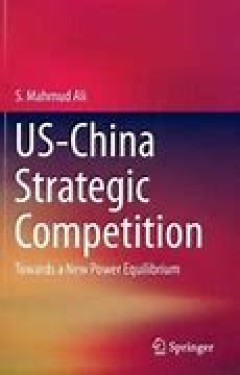
US-China Strategic Competition Towards a New Power Equilibrium
This book examines the nature and consequences of strategic competition between the US and China, which affects the global security landscape and the emerging security architecture across the broader Asia-Pacific region. The author illustrates the evolution of Sino-US security interactions from the anti-Soviet alliance, to temporary marginalization, to eventual strategic competition and examine…
- Edition
- -
- ISBN/ISSN
- 978-3-662-46660-5
- Collation
- XIV, 230
- Series Title
- -
- Call Number
- -
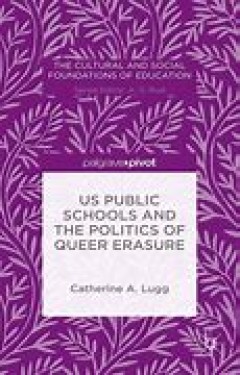
US Public Schools and the Politics of Queer Erasure
This book presents a history of queer erasure in the US public school system, from the 1920s up until today. By focusing on specific events as well as the context in which they occurred, Lugg presents a way forward in improving school policies for both queer youth and queer adults.
- Edition
- -
- ISBN/ISSN
- 978-1-137-53526-9
- Collation
- XI, 117
- Series Title
- -
- Call Number
- -
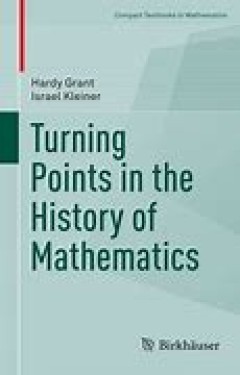
Turning Points in the History of Mathematics
This book explores some of the major turning points in the history of mathematics, ranging from ancient Greece to the present, demonstrating the drama that has often been a part of its evolution. Studying these breakthroughs, transitions, and revolutions, their stumbling-blocks and their triumphs, can help illuminate the importance of the history of mathematics for its teaching, learning, and …
- Edition
- -
- ISBN/ISSN
- 978-1-4939-3264-1
- Collation
- 38 b/w illustrations, 13 illustrations in colour
- Series Title
- -
- Call Number
- -

Turing’s Revolution The Impact of His Ideas about Computability
This book provides an overview of the confluence of ideas in Turing’s era and work and examines the impact of his work on mathematical logic and theoretical computer science. It combines contributions by well-known scientists on the history and philosophy of computability theory as well as on generalised Turing computability. By looking at the roots and at the philosophical and technical infl…
- Edition
- -
- ISBN/ISSN
- 978-3-319-22156-4
- Collation
- 17 b/w illustrations, 1 illustrations in colour
- Series Title
- -
- Call Number
- -

Under Siege The Independent Labour Party in Interwar Britain
Despite this reversal of fortunes, during the 1930s—years that witnessed the ascendancy of both Stalin and Hitler—the ILP demonstrated an unswerving commitment to democratic socialist thinking. Drawing extensively on the ILP’s Labour Leader and other contemporary left-wing newspapers, as well as on ILP publications and internal party documents, Bullock examines the debates and ideological…
- Edition
- -
- ISBN/ISSN
- 9781771991551.01
- Collation
- -
- Series Title
- -
- Call Number
- 6 x 9, 430 pages
 Computer Science, Information & General Works
Computer Science, Information & General Works  Philosophy & Psychology
Philosophy & Psychology  Religion
Religion  Social Sciences
Social Sciences  Language
Language  Pure Science
Pure Science  Applied Sciences
Applied Sciences  Art & Recreation
Art & Recreation  Literature
Literature  History & Geography
History & Geography